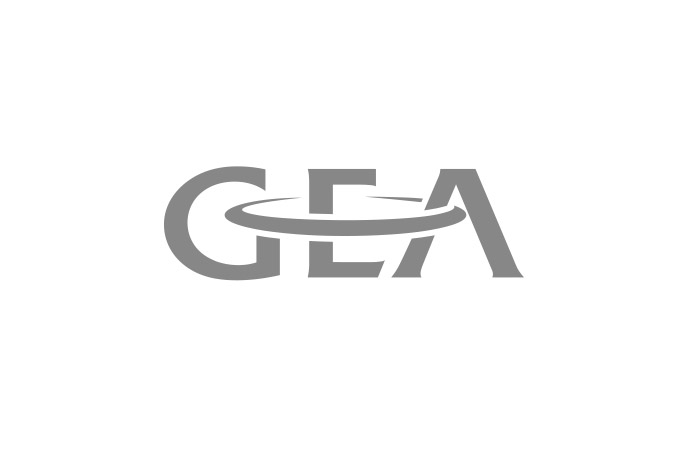Today saw the official launch of the Australian Refrigeration Association (ARA), one of the few industry associations in Australia that has welcomed the introduction of carbon pricing on HFCs as of July 2012. ARA will have an important leadership role in collaborating with industry and government to achieve transition to proven, energy efficient, low GWP refrigerant solutions, quickly and cost effectively.

The formal launch of the Association took place at the historic Jubilee Room of the New South Wales Parliament.
ARA aims “to help the industry achieve high performance both commercially and environmentally by achieving high standards of safety, energy efficiency and environmental impact,” said ARA President Mr Tim Edwards.
HFC carbon price: an impetus for establishing the Association
To a large extent the impetus for establishing the Association derived from the introduction of carbon pricing on hydrofluorocarbons (HFCs) based on their Global Warming Potential (GWP), but also the impending phase-out of hydrochlorofluorocarbons (HCFCs).
The HFC tax introduction in July 2012 brings along significant opportunities and challenges for the industry, and the new Australian Refrigeration Association has been established to prepare the Australian refrigeration and air conditioning industry for the impacts. “The [HFC] levy will increase refrigerant prices significantly. Refrigeration and Air Conditioning industry stakeholders that recognise and address the implications of this are likely to benefit commercially,” said Mr Edwards.
Reducing exposure to the HFC levy through reduced leakage and low-GWP refrigerants
“ARA estimates that the industry is responsible for about 11% of national GHG emissions. The industry needs to step up to the challenge. Refrigeration and Air Conditioning suppliers can reduce their and their clients exposure to the [HFC] levy both by reducing leakage, and by adopting the proven, energy efficient, low GWP refrigerant solutions,” Mr Edwards said.
“This is an opportunity at all levels in the industry from design, to engineering, contractor and service suppliers. We aim to assist all participants in the industry because we face a common challenge and opportunity.”
ARA’s focus areas
ARA will work with other RAC industry peak bodies, RAC user groups and government and education and training bodies to advance the science and practice of refrigeration by focusing on the following areas:
ARA aims “to help the industry achieve high performance both commercially and environmentally by achieving high standards of safety, energy efficiency and environmental impact,” said ARA President Mr Tim Edwards.
HFC carbon price: an impetus for establishing the Association
To a large extent the impetus for establishing the Association derived from the introduction of carbon pricing on hydrofluorocarbons (HFCs) based on their Global Warming Potential (GWP), but also the impending phase-out of hydrochlorofluorocarbons (HCFCs).
The HFC tax introduction in July 2012 brings along significant opportunities and challenges for the industry, and the new Australian Refrigeration Association has been established to prepare the Australian refrigeration and air conditioning industry for the impacts. “The [HFC] levy will increase refrigerant prices significantly. Refrigeration and Air Conditioning industry stakeholders that recognise and address the implications of this are likely to benefit commercially,” said Mr Edwards.
Reducing exposure to the HFC levy through reduced leakage and low-GWP refrigerants
“ARA estimates that the industry is responsible for about 11% of national GHG emissions. The industry needs to step up to the challenge. Refrigeration and Air Conditioning suppliers can reduce their and their clients exposure to the [HFC] levy both by reducing leakage, and by adopting the proven, energy efficient, low GWP refrigerant solutions,” Mr Edwards said.
“This is an opportunity at all levels in the industry from design, to engineering, contractor and service suppliers. We aim to assist all participants in the industry because we face a common challenge and opportunity.”
ARA’s focus areas
ARA will work with other RAC industry peak bodies, RAC user groups and government and education and training bodies to advance the science and practice of refrigeration by focusing on the following areas:
- Awareness: make the industry, governments and RAC users aware of the need for a comprehensive strategy for sustainability.
- Planning: develop a plan that recognises the need for industry collaboration and the need for an integrated strategy addressing the following functional dimensions.
- Funding: identify ways to fund the significant activities required and the resources and programmes required to deliver safe, efficient and sustainable practices.
- Documentation: compile and make available the many sources of information required to address each RAC sector including standards, codes of practice, training materials, legislation requirements, and research and development requirements.
- Training: develop training systems and resources that address the tens of thousands of people and organisations that will need educational assistance to achieve these outcomes.
- Legislation: identify the legislative tools required and the associated enforcement mechanisms. Recommend and gain the support of the Federal, State and Local Governments recognising the need for nationally consistent policies and practices.
- R&D: identify the priorities for R&D by sector and programmes to address these research needs by accessing both international achievements and domestic research capability.
MORE INFORMATION
Related stories









